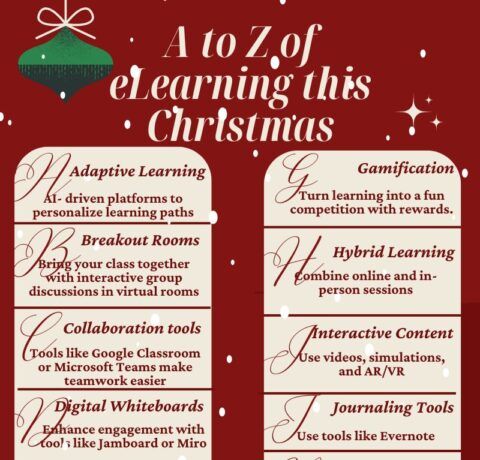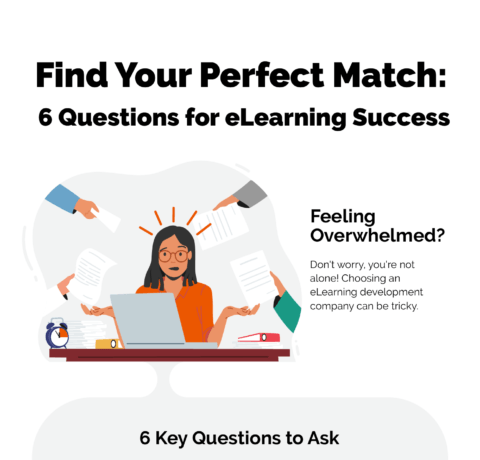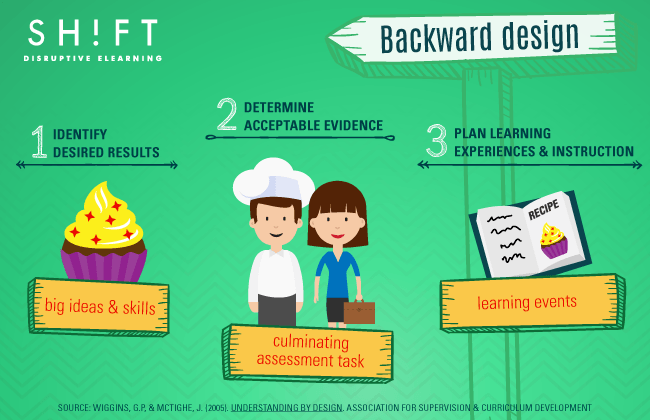Designing eLearning Courses Backwards Infographic
Courses developed in the traditional manner only impart knowledge. They are loaded with definitions and concepts and are probably accompanied by a list of scenarios or situations where these can be applied. The learners are expected to learn these by heart. To impart understanding, you, as an instructional designer, have to design your course around the outcomes or the performance you expect to elicit from the learners. That is, you have to start with the learner. Backward designing approach is unlike how traditional eLearning courses are created where the sole focus is on delivering the content and developers do not consider if the learners can digest what they are gulping down. The Designing eLearning Courses Backwards Infographic presents a Framework to start designing e-courses backwards.
3 Stages of Backward eLearning Design
Backward design is a purely purpose-driven process, and neither you nor your learners will ever be in the dark about the whys, wherefores, and the how-to's of the course. T he design process involves you plan in 3 stages, each with a focusing question:
Stage 1: Identify Desired Outcomes
Key Questions:
- What is worthy and requiring of understanding?
- What do we expect students to learn?
Backward Design focuses on the needs of the learner. The learner is expected to perform certain tasks or demonstrate a specific skill. The course you develop should help him develop those skills or empower him to perform some specific tasks. These are the learning outcomes or the overarching objectives of the course.
Stage 2: Define Assessment Tasks
Key Questions:
- What is evidence of understanding?
- How will we know if students have achieved the desired results?
When you design an eLearning course backwards, you strive to create the perfect learner experience. Unlike courses designed the traditional way, backwardly-designed courses contain ample opportunities for the learner to evaluate their learning (and feel assured they are on the right track). Instructional designers create assessment activities to measure the understanding of the learners. Well-designed and "empathetic" courses provide customized learning experiences based on the results of these assessment tasks.
Stage 3: Design the Learning Experience
Key Questions:
- What learning experiences promote understanding?
- What activities will lead to achievement of the desired results and success at the assessments?
This process is smooth sailing if you carry out the previous two steps diligently. You know the learning outcomes you are striving for. You know how to test the understanding of the learners. So now all that remains is to design the learning activities.







You can adjust your cookie preferences here.